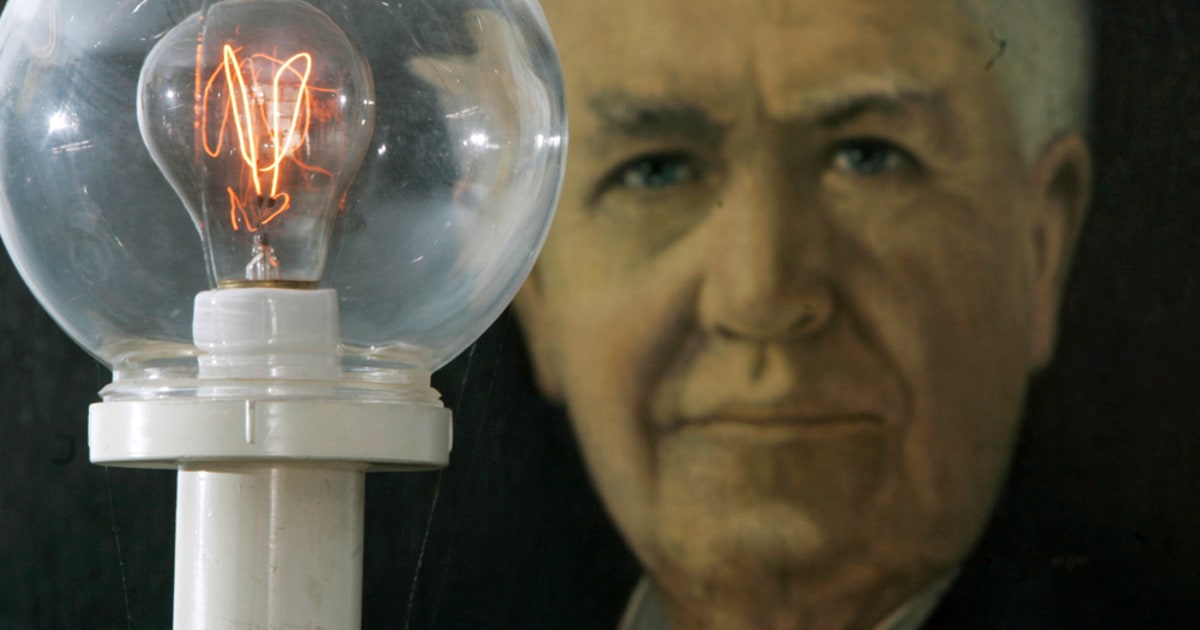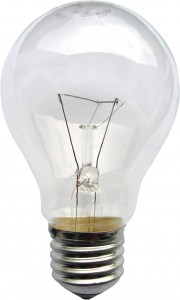
The electric ligh bulb works because you made a complete circuit with electrons flowing out from the battery through the filament bridge back to the battery. The first light bulb made by Thomas Edison in 1879 were incadescent just like the one you made.Ĭaution: the filament will bcome very hot, so don’t open the jar until it cools!

Watch light bulb light up! You can time how long your filament glows before it burns out. Now attach the other wire to the remaining terminal. Use electrical tape to attach one copper wire coming out of the lid to one of the terminals on the 6 volt battery. Turn the glass jar upside down over the lid and screw closed. Now twist 3 strands of iron wire together and stretch them across the gap between the two copper hooks on the lid to form the filament (bridge) trim excess. Unwind some picture hanging wire to use the individual fine strands of iron wire. Open the jar so you can make a small hook at the end of each wire.Įlectricity experiments you can do at home Push each of the copper wires through a seperate hole in the mason jar lid so that about 2″ of wire can be seen in the jar. Now carefully trim an inch of the plastic coating off of each end. You will carefully hammer your nail to make two holes about 1 inch apart on the lid of a jar.Ĭut your insulated copper wire so you have 2 pieces that are 18″ each. Start out with a mason jar with the lid on. Use common sense when working with a battery and sharp objects. A really slow shutter is needed to capture the light the emanates from the bulb when static builds up.While this project is a simple science project, as it uses sharp wire cutters and batteries, adult supervision is important. Note: The pictures in this post were taken with the light on to show how we held the fluorescent bulb and fabric to obtain our results. In the mean time, I hope to read more of your Science Fair Experiments & ideas. We plan to blog about more science fair experiment s. This was a fun science fair experiment and is highly recommended for anyone who is interested in static electricity experiments. If this experiment were to be done again, all fabrics would be the same size and shape, the light bulb and scientist would be discharged between fabric tests, and we’d have better devices to record the results. We were unable to capture the results on an iphone, a digital camera, a digital camcorder, but was able to capture some hard to see footage on an old JVC compact VHS camcorder.

Purpose: To see which fabrics would produce enough static electricity to light up a fluorescent light bulb when said fabric is rubbed along the tube of the bulb. So, he chose another project: Fluorescent Light Bulb Experiment that he wrote below:

However, he realized that he did not have enough time to make the deadline- it’s an project he plans to work on over a longer period of time. His first thought was to his science experiment on growing pineapple. My son had the option of participating in a science fair for homeschoolers. This page may contain affiliate links designed to provide a means for sites to earn advertising fees by advertising and linking to other companies.


 0 kommentar(er)
0 kommentar(er)
